Woolworth's first catalogues (1929 - 1940)
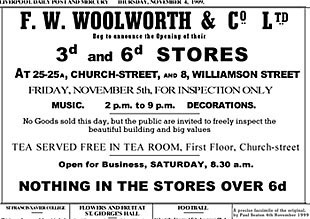
In its early years the company rarely advertised. Handbills were produced for store openings and a few product ranges were advertised, including Gold Rings, Woolco Cotton and Lorraine Hairnets. But otherwise the chain stuck to Frank Winfield Woolworth's instruction "Dress your windows twice a week with big leaders with prices attached. This is our advertising."
By the 1930s the stores had grown. Many had doubled in size over time, as had the range. The latest best-sellers included of magazines like Picturegoer, which research showed was inspiring a new style of "window-shopping", where customers could browse competitors' ranges off-the-page at home. Should Woolworth follow?
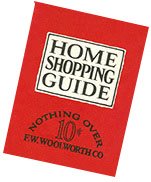
The American parent took the plunge with a pocket-sized "Home Shopping Guide" as part of celebrations of its 50th anniversary in 1929. This showed what ranges were stocked rather than specific lines. It was a big hit and many customers kept the little booklet for reference about what products were carried by the 5 & 10¢. In Britain, Woolworth started to advertise occasionally after its London listing in 1931. Most examples ostensibly announced a new opening while also increasing brand-awareness. The example below, which is extracted from a full-page spread from a 1932 London edition of the Daily Mail is typical of this campaign. Similar adverts appeared in a number of publications which would naturally appeal more to investors than shoppers.
Staff started to encounter customers holding the advertisements and asking for one of the featured items, or if they carried one of the more exotic 'larger stores only' departments. New sixpenny help brochures with advice as diverse as how to wire a plug and how to care for a canary sold well. This persuaded the firm that a general 'how to' catalogue might do well. In 1938 they launched Good Things To Know.
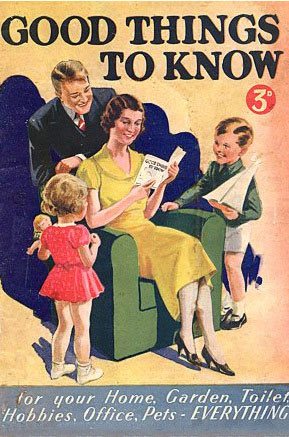
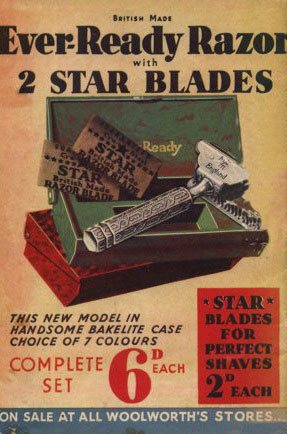 The new compact pamphlet was threepence. It included tips and tricks for the home and money-saving ideas. Features included supplier-funded adverts for items that could help do the job easily. It was marketed as a "miniature encyclopedia".
The new compact pamphlet was threepence. It included tips and tricks for the home and money-saving ideas. Features included supplier-funded adverts for items that could help do the job easily. It was marketed as a "miniature encyclopedia".
This was a clever mix and proved popular. There were tips for the kitchen, bathroom and garden as well as recipes, quizzes and beauty tips. It made regular references to items from store range.
The booklet soon made good on its promise to deliver a guaranteed readership of a million.
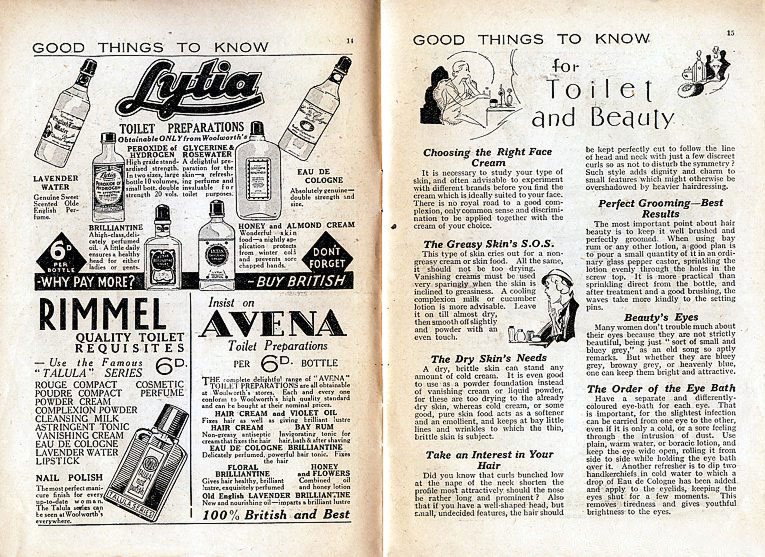
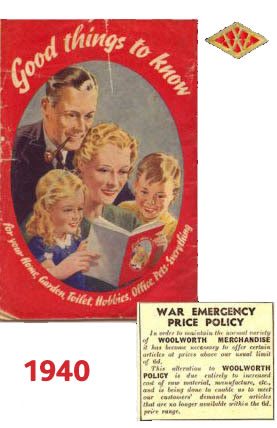
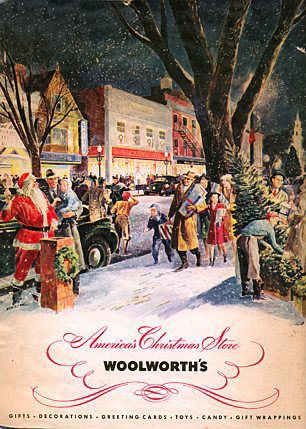 The second edition of Good Things to Know was very different.
The second edition of Good Things to Know was very different.
By 1940 Britain was at war with Germany. It showed how to "make do and mend" old clothes, stretch meals further and black out windows.
Life was good in the USA. The country stayed neutral and enjoyed a boom. Woolworth published its first full colour catalogue. Its forty pages featured treats as well as practical items.
The designers' work was ground-breaking. They created a modern look, which set the standard for others to follow.
The British magazine (illustrated above and below on the left) was printed on low grade paper. Only the cover was in colour. It showcased Ezeglide Curtain Rail as a solution for blackout curtains and had charts to help people recognise Allied and Axis planes flying overhead. In North America, the full richly illustrated magazine (above and below on the right) carried the theme "Let Christmas be merry and bright ... for all". It suggested ways to brighten the home with candles and decorations from the five-and-ten. A further contrast was that, while most British items cost sixpence (2½p) or less, by 1940 a number of US prices had reached a dollar, roughly ten times more.
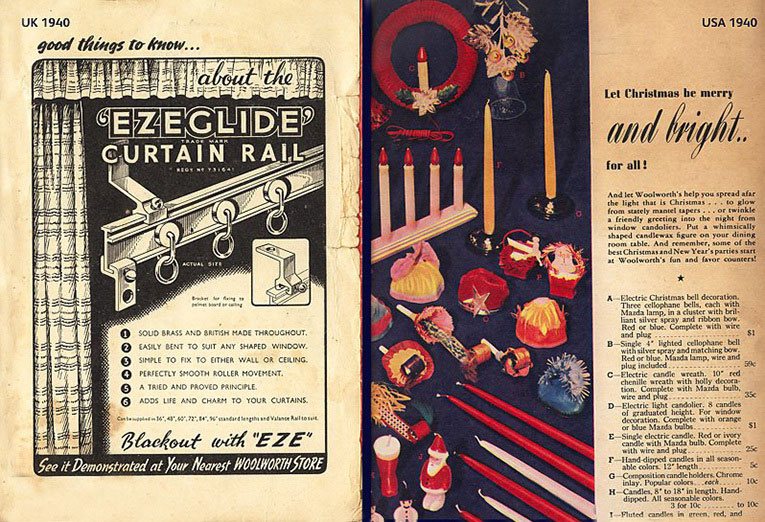
Quick Links to related content
1930s Gallery
Openings transform the High Street
Woolies' first character items
Museum Navigation
World War II and its aftermath
